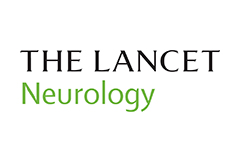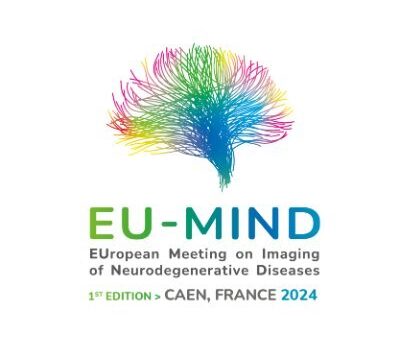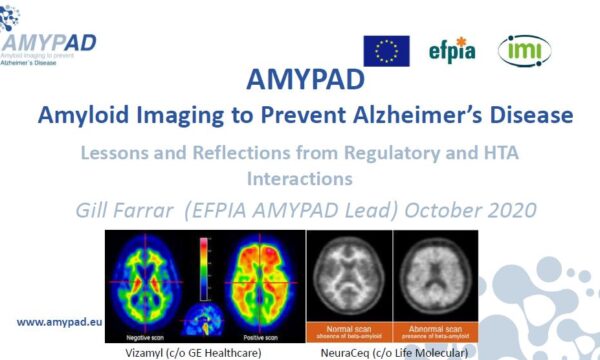The members of the Amyloid Imaging to Prevent Alzheimer’s Disease (AMYPAD) initiative reached a significant milestone this month with the enrollment of the 500th research participant in its Prognostic and Natural History Study (PNHS).
In this clinical study, researchers aim at understanding the role of amyloid imaging in the earliest stages of Alzheimer’s disease to increase the chances of successful secondary prevention trials. The study recruits individuals suspected of possible Alzheimer’s disease from various ongoing European parent cohorts.
According to Dr. José Luis Molinuevo, the Director of the Alzheimer’s Prevention Program of the Barcelonaβeta Brain Research Center (BBRC), “Having reached 500 research participants in the AMYPAD Prognostic Natural History Study is without doubt a major milestone. This represents one of the biggest European cohorts to study the role of amyloid PET imaging in the earliest stages of Alzheimer’s disease”.
Recruitment started in late 2018 and is expected to continue until late 2021. 503 participants have been enrolled so far in 7 European countries (Belgium, France, Netherlands, Spain, Sweden, Switzerland and UK), of which 372 have been scanned. The PNHS will recruit up to 2,000 participants and follow half of them longitudinally within the next 2 years. This study was designed to evaluate the additional value of quantitative amyloid imaging in determining Alzheimer’s disease dementia risk based on quantitative PET amyloid imaging measures, with or without other biomarkers.
The AMYPAD Europe-wide initiative aims to improve the understanding, diagnosis and management of Alzheimer’s disease through the utilisation of β-amyloid PET imaging. The 5-year large-scale study involves 15 organisations including academic and industrial partners, SMEs and patient organisations, and it is funded by the IMI-2 program.
“With great enthusiasm, I signed up for the AMYPAD study!!! While reading the information letter, I stumbled upon the description of the PET-MRI-scan and the use of a radioactive tracer. At this point, I felt quite a hesitation. Radiation? Isn’t that dangerous? About this, I received a very clear explanation from Lyduine Collij. She informed me about the small dose used, and its loss of activity over 24 hours according the law of ‘half-life. I was sold immediately after our conversation. The study day in January 2019 went very smoothly. I was lying like a prince on the scanner bed, listening to a series of drilling machine-like sounds, emitting from the MR part of the scanner. A blanket covering my legs. A pillow in my back. Lay still. There we go! It gave me immense satisfaction to be able to contribute to this important Alzheimer study. All of this to achieve the goal of having a world without Alzheimer’s disease!!”, said Dhr. V. – first participant of the AMYPAD prognostic study.
“Met groot enthousiasme heb ik me aangemeld voor het AMYPAD-studieproject en –onderzoek!! Tijdens het lezen van de papieren kwam ik in de beschrijving van de PET-MRI-scan de functie van radioactieve stof tegen. Daarbij voelde ik toch wel een behoorlijke aarzeling. Radioactieve straling? Is dat niet gevaarlijk? Hierover gaf Lyduine Collij me een heel duidelijke uitleg. Zij belichtte de zeer kleine dosis en het binnen 24 uur volledig wegebben daarvan volgens de wet van de halfwaardetijd. Toen was ik meteen door de bocht. Het onderzoek in januari 2019 liep gesmeerd. Ik lag prinsheerlijk op het scanner-bed , luisterend naar een reeks “boormachinegeluiden”, waarmee de scan zich liet horen. Een dekentje over de benen. Een kussentje onder de rug. Goed stilliggen. Daar gaan we! Het gaf me een grote voldoening, dat ik op deze manier mijn aandeel heb mogen brengen in het zeer belangrijke Alzheimer-onderzoek!! Dit alles met het doel, om een wereld zonder Alzheimer te bereiken!!”
For further information, visit www.amypad.eu or please contact: info@amypad.org



